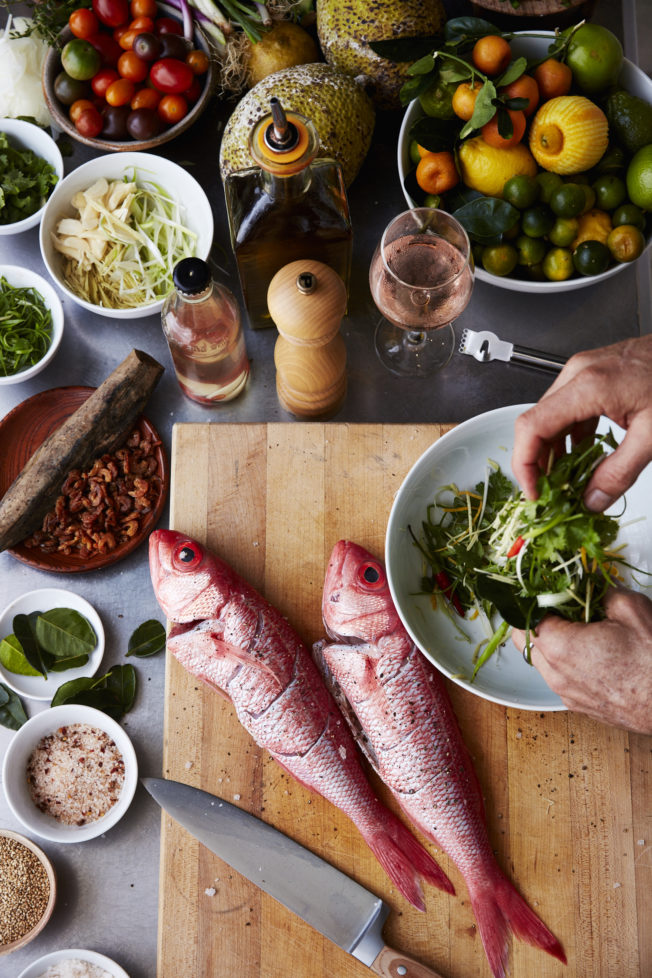
Local farms. Local ingredients. Local food. It’s a mantra of chefs and restaurants around the country these days, but how do you do “local” when you live on a 597 square-mile island swarming with tourists? For Honolulu-born chef Ed Kenney, who owns Mahina & Sun’s and three other restaurants on Oahu, the key is building a community of farmers and fishermen that keep the vision alive.
“When we opened our first restaurant in Honolulu 12 years ago, our motto was ‘local first, organic whenever possible, with aloha always,’” says Kenney. Here, the team that makes his motto a reality.
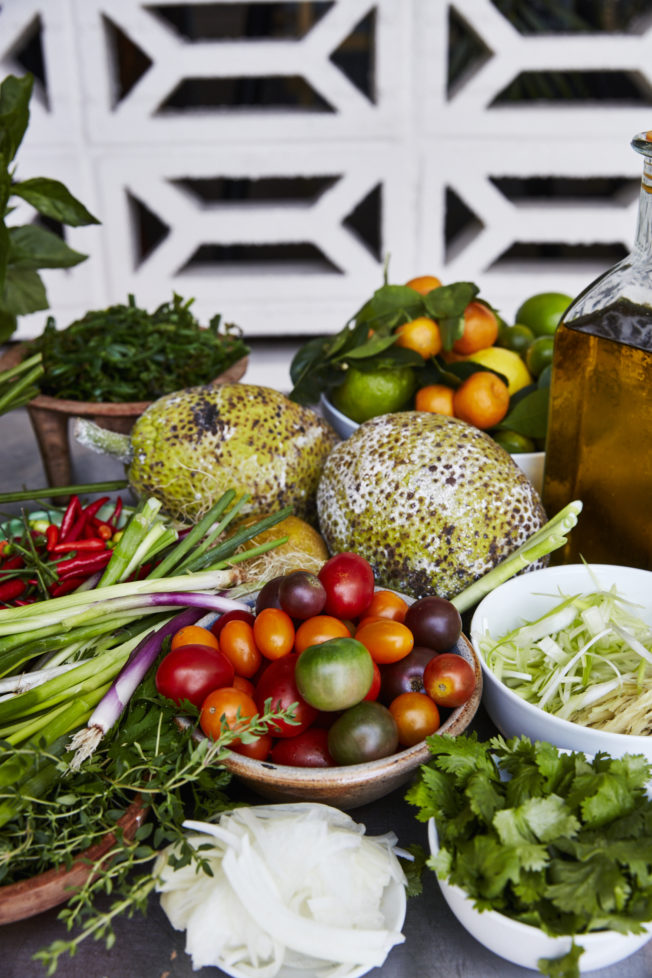
THE FARM: MA’O ORGANIC
Ma’o, where Kenney sources much of his local produce, is more than an organic farm—the nonprofit located on the West side of Oahu focuses on underserved youth in the local community of Wai’anae.
“Wai’anae is a small place but we have a big name—and it’s not the best name,” says Derrik Parker, a farm manager at 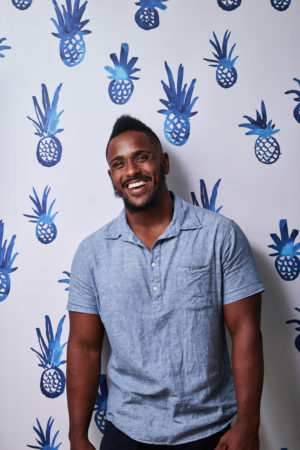 Ma’o. The community has high rates of poverty and diabetes and low graduation rates, but the farm helps local youth get work and college scholarships; it also educates them on sustainable community food systems.
Ma’o. The community has high rates of poverty and diabetes and low graduation rates, but the farm helps local youth get work and college scholarships; it also educates them on sustainable community food systems.
Parker began working at the farm nine years ago, just after he graduated from high school. “At first I was kind of ashamed to be considered a farmer because of the stigma that came with it,” says Parker. In Oahu, where there is a history of commercial sugarcane and pineapple farms, farming is too often associated with being poor, uneducated or an illegal immigrant.
After about two years of working at the farm while getting his associate degree. “I realized that I actually like what I do,” says Parker. “I like working with my hands; I like the mediation that comes with simple tasks like pulling weeds.”
Kenney, who is now on the Ma’o board of directors, was one of the farm’s first customers. “I still remember the first order we delivered to him,” recalls Parker. “We had one big beet and some parsley in a trash bag and we brought it straight to Ed. He was so stoked to get that beet and being able to provide this great chef exactly what he wanted was an incredible feeling.”
From there, the team at Ma’o poured over the produce order sheets from Kenney’s restaurants and began to grow produce based on what Kenney wanted to order. The farm grew from five acres to 23 acres. Parker was promoted to farm manager. And the local food movement took off.
“Now we go the farmers’ markets and get to see all the people who enjoy the food we grow, who understand the work that goes into the food and who care so much about how it’s grown,” says Parker. “It makes me feel proud to be a farmer in Hawaii.”
[See Our Local’s Guide to Honolulu.]
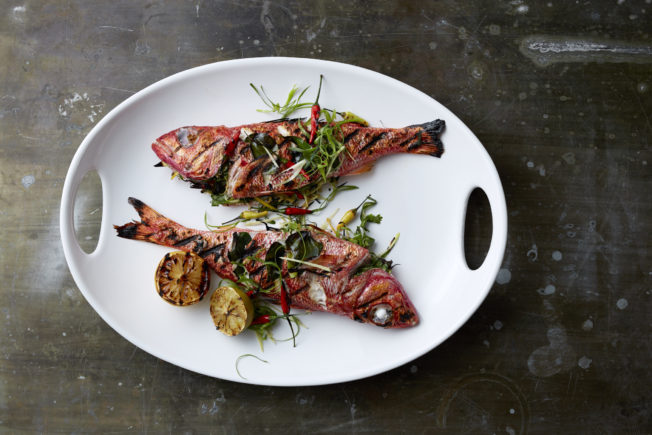
THE FISH: LOCAL I’A
“Without fail, people ask me where they can get the best seafood in Hawaii, and I never have an answer for it,” says Kenney, who notes that menus in Honolulu are loaded with Atlantic salmon and Alaskan halibut, despite being surrounded by some of the best fishing waters in the world.
His aim was to make his new restaurant, Mahina & Sun’s, the answer to that question, thanks to their work with Local I’a, a CSF (community supported fishery).
Local I’a works with chefs and consumers who commit to purchasing a certain amount of fish weekly, similar to a farm CSA model. “We’re all about connecting the consumer to their seafood and shortening the supply chain,” says Ashley Watts, CEO and co-founder of Local I’a. “It gets the fishermen more money for their catch and the consumer a fresher product.”
[Learn More About Ed Kenney and Mahina & Sun’s.]
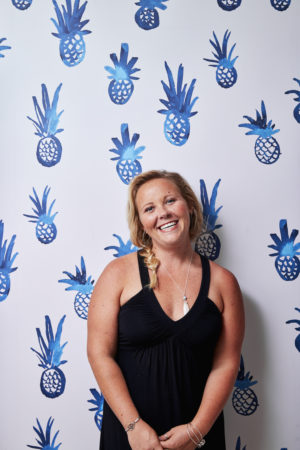 Watts, a marine biologist by training, moved to Hawaii in 2007 to work as a fisheries observer in longline boats off the coast of Hawaii. After six years of working out on the ocean, Watts helped found Local I’a because “I wanted to teach people to love the ocean so they would protect it. If we can do that we can have recreation and food for the rest of our lives.”
Watts, a marine biologist by training, moved to Hawaii in 2007 to work as a fisheries observer in longline boats off the coast of Hawaii. After six years of working out on the ocean, Watts helped found Local I’a because “I wanted to teach people to love the ocean so they would protect it. If we can do that we can have recreation and food for the rest of our lives.”
Local seafood is surprisingly tricky to come by in Hawaii for three reasons, explains Watts. First, the fresh local fish is often pricier than commercial imported options like farmed Atlantic salmon. Second is an issue of accessibility: Hawaii is the only state in the US where fishermen are legally allowed to sell their catch directly to restaurants or consumers without going through a distributor. But, when you’re out on a boat all day, every day, there’s not exactly free time to make sales calls. Third is the popularity of fish auctions, where wholesalers buy large quantities of fish at erratic, constantly fluctuating prices, that are then shipped out across the world.
Watts uses her insider knowledge of the fishing scene, and her keen observation skills, to source fish that’s sustainable and caught in a pono (righteous) way, meaning low bycatch of other fish and low impact on reefs and their inhabitants. “When I’m on a boat I look at everything, from how they are fishing to whether there is enough ice in their cooler,” says Watts.
As her business grows, Watts uses Kenney’s catering kitchen space to prep the fish, and Kenney helps her connect with the larger chef community. The newest Local I’a development is a QR code that customers can scan with their phone to see who caught it, how they caught it, and even give contact info for the fisherman.
“I see that bumper sticker ‘Have you hugged your farmer today?’ but you never hear ‘Have you hugged your fishermen?’” jokes Kenney. ”It’s a thankless job, so I love that now you can actually reach out the fishermen and thank them for the beautiful fish they provide.”
Learn more about Mahina & Sun’s—and see the team’s Family Feast party—in the video below.
